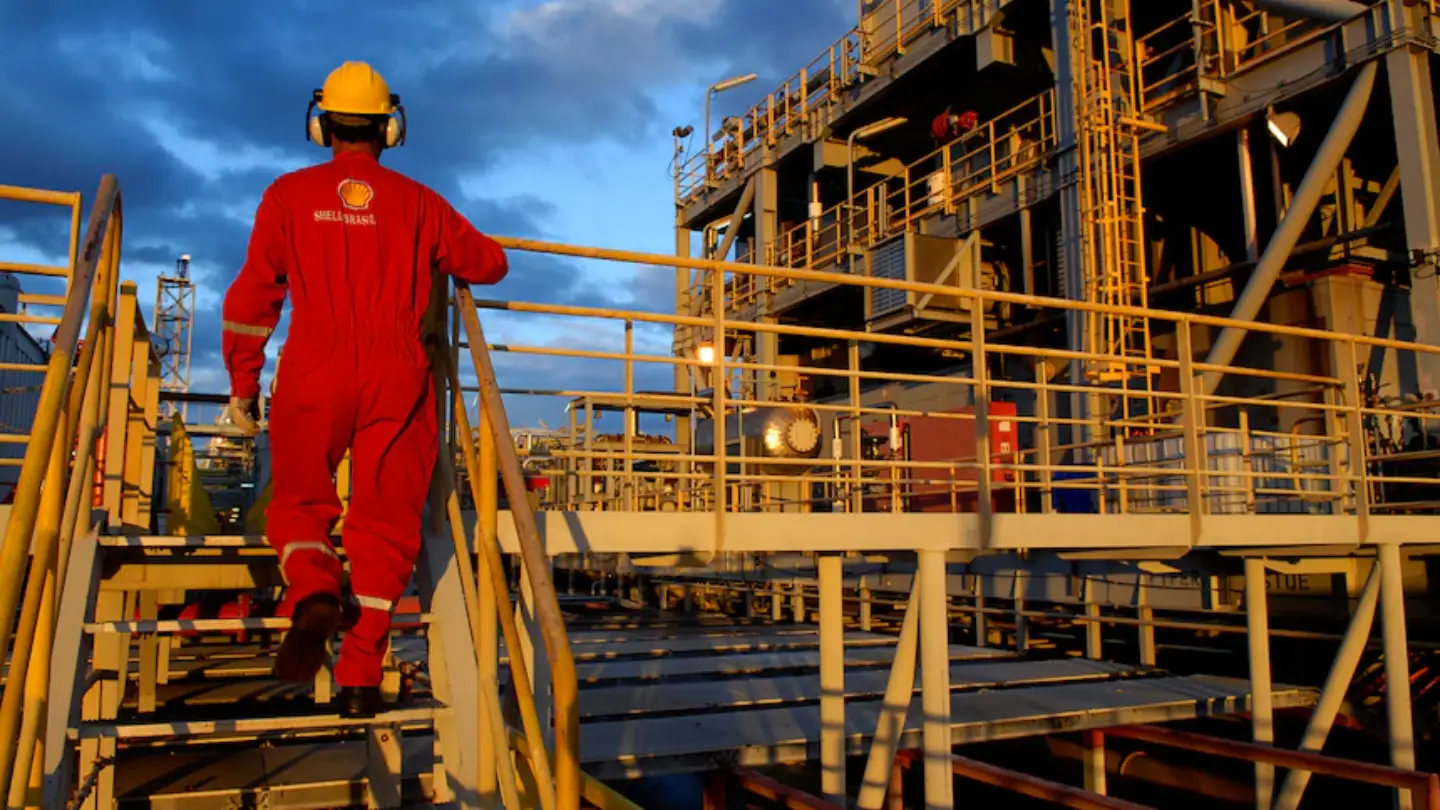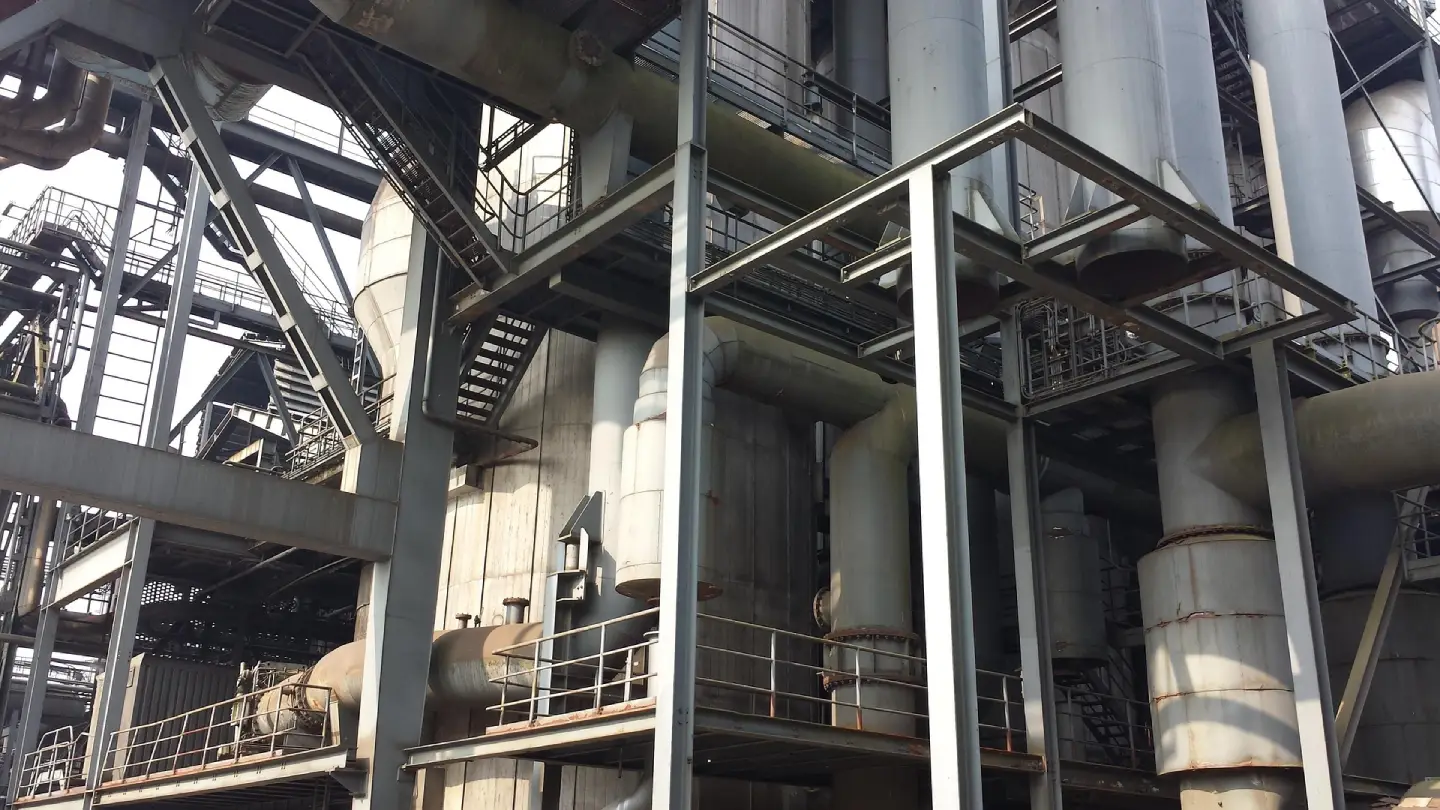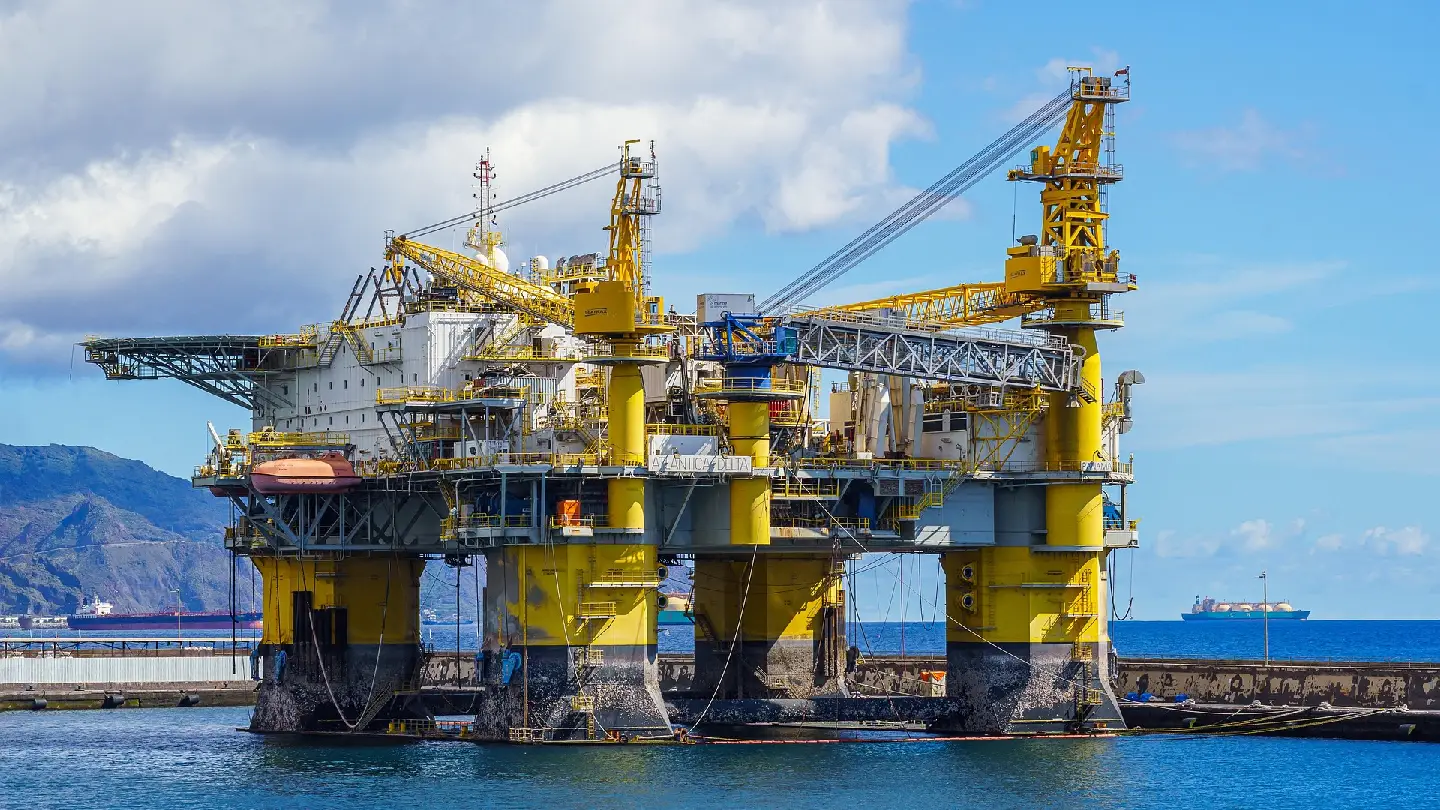The Gato do Mato field is an oil and gas development situated approximately 200km off the coast of Rio de Janeiro, Brazil, in the Santos Basin.
Shell Brasil serves as the field operator for Gato do Mato, holding a 50% interest in the development. The consortium includes Ecopetrol, which joined the partnership by acquiring a 30% stake from Shell in October 2019. This acquisition also included the adjacent blocks BM-S-54 and South of Gato do Mato. TotalEnergies holds the remaining 20% stake in the field.
Licences for exploration and production were granted separately for the involved blocks. The BM-S-54 block was licensed during the seventh pre-salt bidding round conducted by Brazil’s National Petroleum Agency (ANP) in 2005. The South of Gato do Mato block licence was secured under a production-sharing contract in ANP’s second bidding round held in 2017.
In March 2025, Shell Brasil announced the Final Investment Decision (FID) for the project. Financial assessments for the development indicated returns above Shell’s internal hurdle rate criteria for upstream projects.
Location details
The field lies at water depths ranging from 1,720m to 2,050m. The reservoir spans two blocks: BM-S-54 and South of Gato do Mato, positioned within the pre-salt geological layers.
The field contains hydrocarbons within microbial carbonate reservoirs dating from the Aptian age. These reservoirs are sealed by a substantial evaporite formation. Production from Gato do Mato is projected to reach a peak of 70,000 barrels of oil equivalent per day (boepd).
Discovery and appraisal details
Initial exploration of the Gato do Mato field involved drilling three wells across the two blocks during a campaign in 2019. Drilling commenced in June 2019 using the drillship Brava Star, operated by Constellation. Helicopter transport supporting the campaign utilised Sikorsky S-92 aircraft operating from Jacarepagua airport.
The exploratory drilling identified hydrocarbons characterised by a light oil density of 41°API. The gas-oil ratio (GOR) recorded ranged between 2,500 and 4,000 standard cubic feet per barrel (scf/bbl). Tests conducted during appraisal indicated relatively low levels of contaminants, including carbon dioxide and hydrogen sulphide.
Further appraisal work involved drilling the Gato do Mato-4 well, completed in the first half of 2020. The appraisal process also incorporated seismic studies to delineate reservoir characteristics more accurately.
Gato do Mato development details
Development of the Gato do Mato field includes drilling a total of ten wells. This configuration will comprise four production wells for oil, four wells designated for gas injection, and two wells dedicated to water injection. The wells will connect to a Floating Production, Storage and Offloading (FPSO) vessel, designed to handle production volumes of up to 90,000 barrels per day.
The FPSO is planned to arrive at its operational location in the Santos Basin in 2023. The development scheme is structured to ensure efficient management of produced hydrocarbons and maintain reservoir pressure through water and gas injection.
Contractors Involved
BW Offshore secured a limited notice to proceed (LNTP) in May 2022, valued at up to $50m. This contract covered preliminary engineering tasks and the securing of key equipment suppliers for the Gato do Mato FPSO. Subsequently, in June 2022, BW Offshore engaged Saipem to deliver early-stage engineering services related to the FPSO unit.
Shell and its consortium partners plan to finalise and award a contract for leasing and operation of the FPSO vessel to a consortium comprising Saipem and BW Offshore. This contract will cover the engineering, procurement, construction, and installation (EPCI) phases. The delivery of the FPSO is anticipated in 2026.
The lease and operational agreement for the FPSO is set to span an initial period of 18 years, with provisions included for an optional extension of seven years.
CHC Brazil, an affiliate of CHC Helicopter, provided helicopter support for exploration and appraisal operations. This support involved crew transfers and logistical assistance during field appraisal activities.





